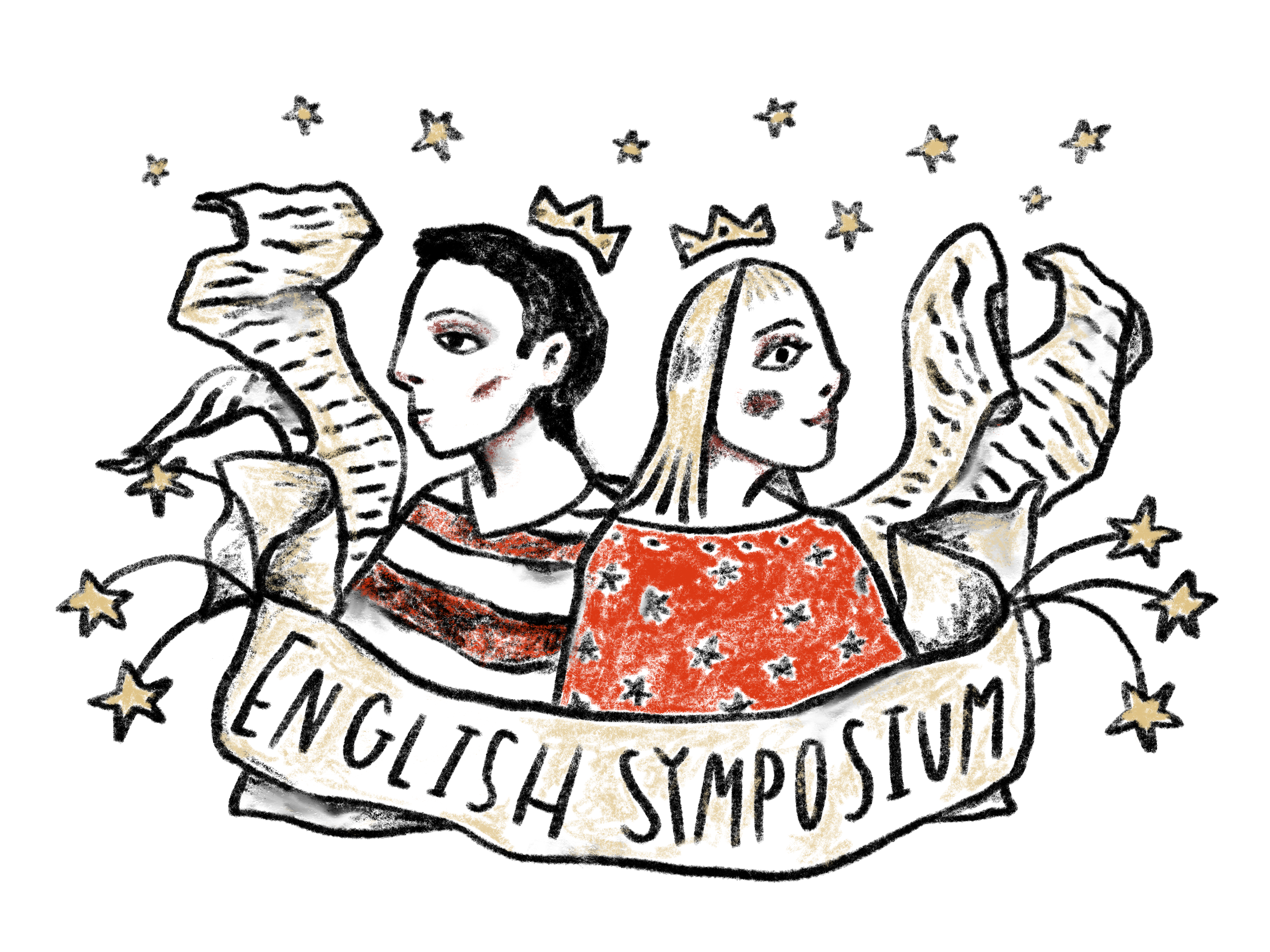Content Category
Literary Criticism
Abstract/Description
Shakespeare is considered the world’s most successful playwright, and his works have been enjoyed in leisure and studied in classrooms for 400 years. With that in mind, it would seem impossible for the complex elegance of Shakespeare’s writings to be compared to the “bang-bang shoot ‘em up” of the Western dime novel genre. However, after reading texts from both genres and gaining an understanding of their common themes, it’s clear that there are remarkable similarities. Ranging from missing mothers to multiple marriages, dime novels and Shakespearean comedies share both similar plot elements and character types. This essay analyzes Much Ado About Nothing as a model for Shakespearean comedy, while Deadwood Dick: Prince of the Road, written by Edward Wheeler, acts as a representative for the western dime novel genre.
Other similar themes between these two genres include strong female figures, fool characters, merging plot lines, and even disguises. The question remaining now is why—why were these genres able to succeed with such different audiences? After analyzing each of these themes, escapism is the common thread that explains why each element was successful. Defeating a villain, watching a relationship come to a satisfying close, meeting outlandish fool characters—all of these work together to sweep the audience away and give them a sense of what life is like in a different time and a different place.
While the authors of dime novels may not have been artists like William Shakespeare, they certainly succeeded in entertaining their audience. With so many common themes, the pattern would be completed if someday dime novels are studied the way Shakespeare’s own characters are analyzed and brought to life by critics.
Copyright and Licensing of My Content

This work is licensed under a Creative Commons Attribution-Noncommercial-No Derivative Works 4.0 License.
Origin of Submission
as part of a class
Faculty Involvement
Bruce Young
Shakespeare in the Wild West
Shakespeare is considered the world’s most successful playwright, and his works have been enjoyed in leisure and studied in classrooms for 400 years. With that in mind, it would seem impossible for the complex elegance of Shakespeare’s writings to be compared to the “bang-bang shoot ‘em up” of the Western dime novel genre. However, after reading texts from both genres and gaining an understanding of their common themes, it’s clear that there are remarkable similarities. Ranging from missing mothers to multiple marriages, dime novels and Shakespearean comedies share both similar plot elements and character types. This essay analyzes Much Ado About Nothing as a model for Shakespearean comedy, while Deadwood Dick: Prince of the Road, written by Edward Wheeler, acts as a representative for the western dime novel genre.
Other similar themes between these two genres include strong female figures, fool characters, merging plot lines, and even disguises. The question remaining now is why—why were these genres able to succeed with such different audiences? After analyzing each of these themes, escapism is the common thread that explains why each element was successful. Defeating a villain, watching a relationship come to a satisfying close, meeting outlandish fool characters—all of these work together to sweep the audience away and give them a sense of what life is like in a different time and a different place.
While the authors of dime novels may not have been artists like William Shakespeare, they certainly succeeded in entertaining their audience. With so many common themes, the pattern would be completed if someday dime novels are studied the way Shakespeare’s own characters are analyzed and brought to life by critics.

